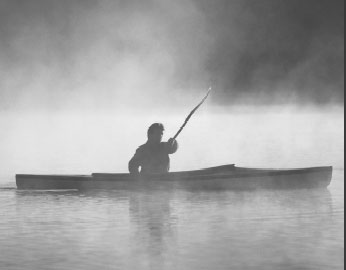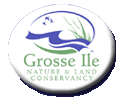

Vol. 16 No. 2
I should ask that a gift to each child in the world be a sense of wonder so indestructible that it would last throughout life..." Rachel Carson
In this issue...
Reflections from the President
Legislative Victory for Land Conservation
Margarete Hasserdot is the Rotary "Citizen of the Year"
Did You Know?
Upcoming Events...
Nature Area Open
Saturdays 10AM to 2PM
Thursdays 6PM to 8PM
(Weather Permitting)
Late July - September
Lotus in Bloom
(Nature Area)
November 8
Annual Meeting
Did you know that..
(Facts gathered from Michigan Turtles and Lizards, MSU Field Guide)
There were turtles and lizards before there were dinosaurs, and despite the dinosaurs' demise some 65 million years ago, there are still turtles and lizards today. Michigan has 10 different types of turtles: Snapping Turtle, Common Musk Turtle, Spotted Turtle, Wood Turtle, Eastern Box Turtle, Blanding's Turtle, Painted Turtle, Red-Eared Slider, Common Map Turtle* and Softshell Turtle*.
*There is a great size difference between the sexes in these species. Females are larger. The upper shell is called a carapace. The lower shell is called a plastron.
MUCC Tracks Magazine Q & A.
- The largest turtle in the state: Snapping turtle
- Smallest turtle in the state: Spotted turtle
- Most aggressive species: Snapping and spiny soft-shelled turtles
- Most common turtle species: Painted turtle
- Smallest plastron for its size: Snapping turtle
- Yellow color goes from its throat to its mouth, making it look as if it has a "yellow smile": Blanding's turtle
- On which species is there a trapping season? : Snapping turtle
- Can hide completely in its shell: Eastern Box turtle - It is also terrestrial (non-aquatic)
- This turtle is named for the lines marking its olive-colored carapace: Map turtle
